The anime adaptations have the primary purpose of bringing beloved manga to life, creating a vibrant experience that allows characters to speak and engage in battles in ways we could only imagine before. However, there are times when anime does not quite hit the mark. Despite its potential, some adaptations suffer from poor animation or lackluster content, leaving fans of the original manga feeling let down. Below are seven anime that disappointed fans, making them feel a strong connection to the original manga.
1. Blue Lock
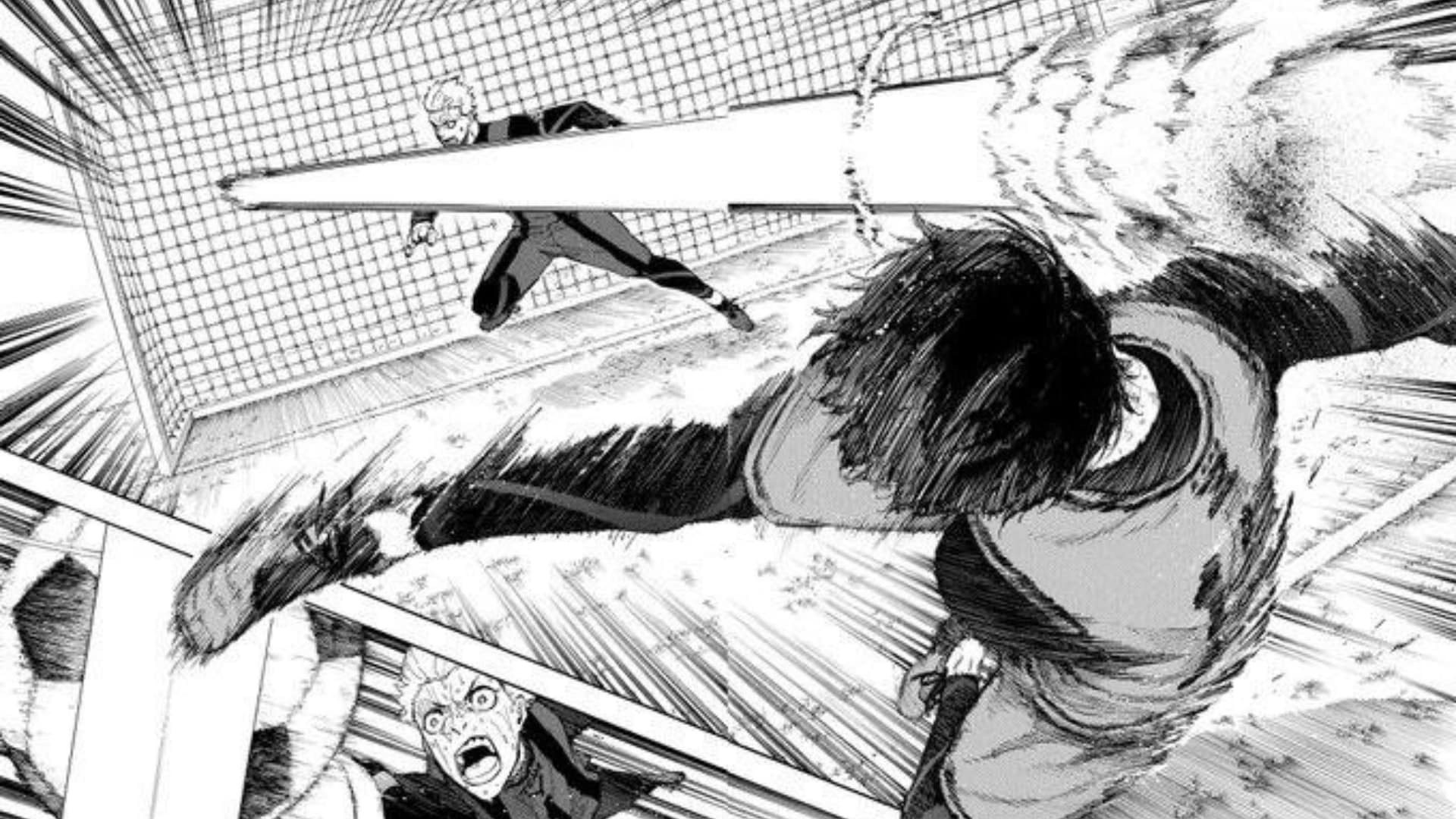
Blue Lock is the best-selling manga in Japan in 2023, making it difficult to understand why its anime adaptation fell short. The first part of the anime started off quite well, with dynamic action scenes and high-quality animation. However, when part two was released, everything seemed to deteriorate, and the animation quality dropped significantly.
In contrast, the manga continues to impress, especially with Yusuke Nomura’s talent for capturing intense energy in his illustrations, which the anime fails to match.
2. Berserk
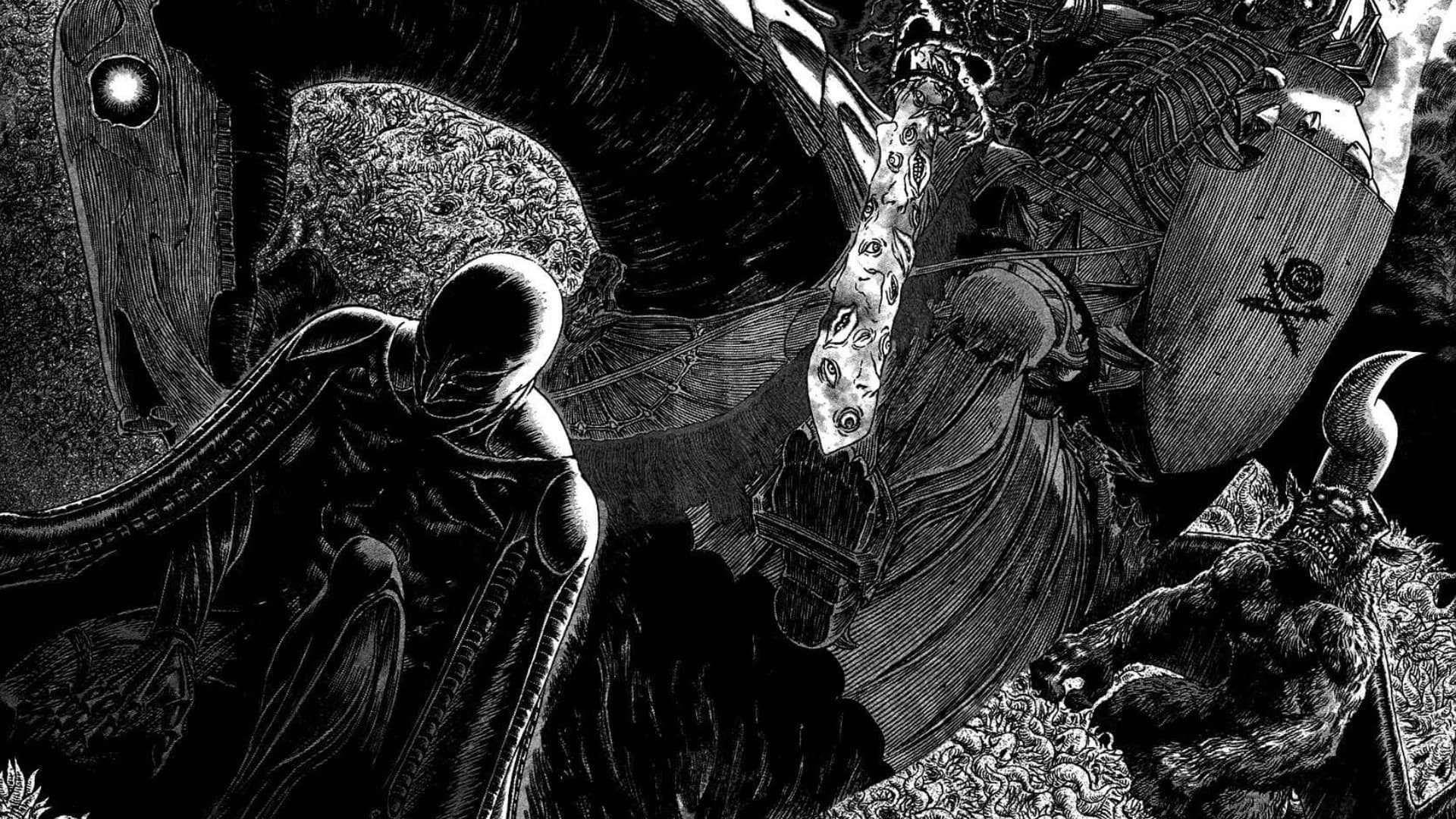
Berserk is undoubtedly one of the greatest manga series ever created, yet its anime adaptations have been quite disappointing. The 1997 series was relatively faithful but only covered part of the Golden Age arc, missing many crucial moments. The three films released in 2012 employed CGI but did not capture the essence of Kentaro Miura’s stunning artwork.
The 2016 anime adaptation was particularly disappointing, skipping over significant plot points and failing to showcase the breathtaking artistry of the original manga.
3. Tokyo Ghoul
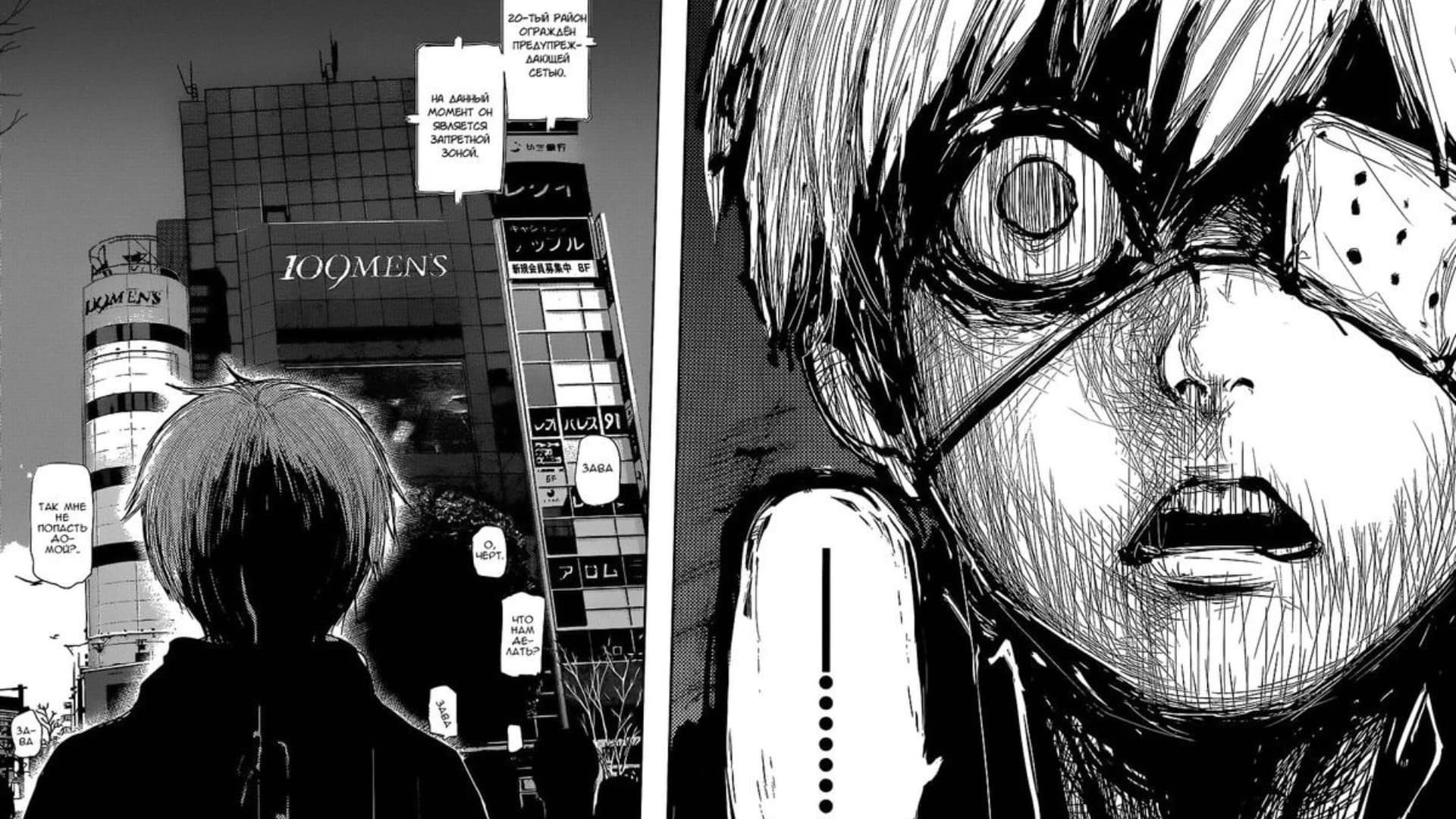
Tokyo Ghoul required a solid adaptation to portray its deep, complex narrative, rich character development, and a dark, immersive world. The first anime season was engaging, even with some changes. However, Root A was released with significant alterations to character arcs, undermining what made Tokyo Ghoul special from the start.
Tokyo Ghoul:re attempted to rectify these issues but was still overshadowed by the animation quality and average storytelling.
4. Gantz
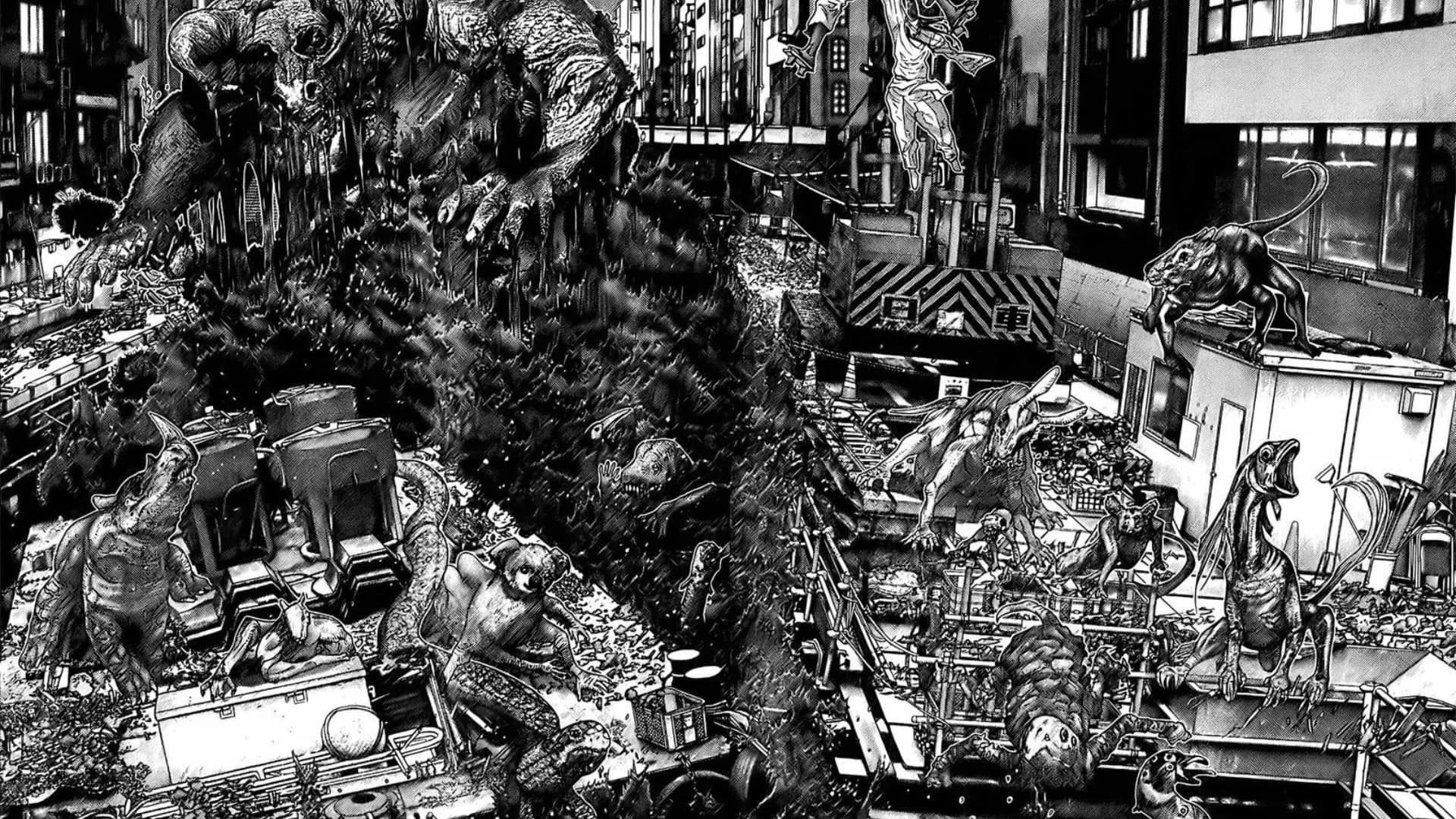
Gantz offers an intriguing premise but fails to deliver on key elements. One significant disappointment is the character development of the protagonist, Kei Kurono. While Hiroya Oku intended for Kei to grow throughout the series, the anime does not portray this journey effectively. The compelling dynamic with Kei’s partner, Kishimoto, is also inadequately explored.
Another major difference is the visual representation. The manga utilizes a 3D model format, resulting in more detailed and vibrant visuals than the anime adaptation.
5. The Flowers of Evil
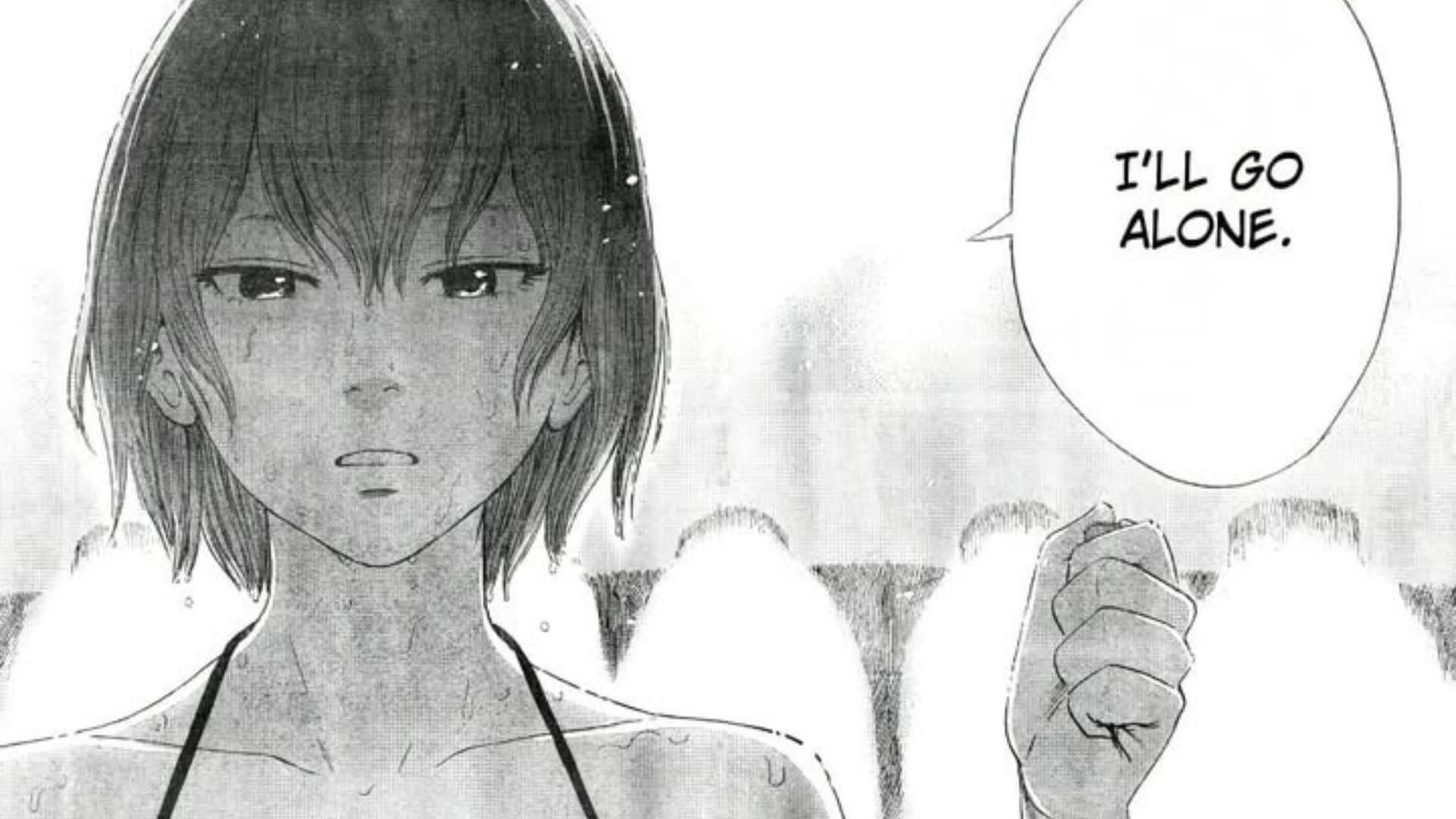
The Flowers of Evil is one of the most challenging manga adaptations, delving into the complexities of adolescence. It tackles themes of identity and moral dilemmas. The story revolves around Takao Kasuga, who makes a fateful decision that leads to a toxic relationship with Nakamura.
Unfortunately for fans of the manga, the anime adaptation utilized rotoscoping, which did not resonate well and detracted from the viewing experience.
6. One Punch Man
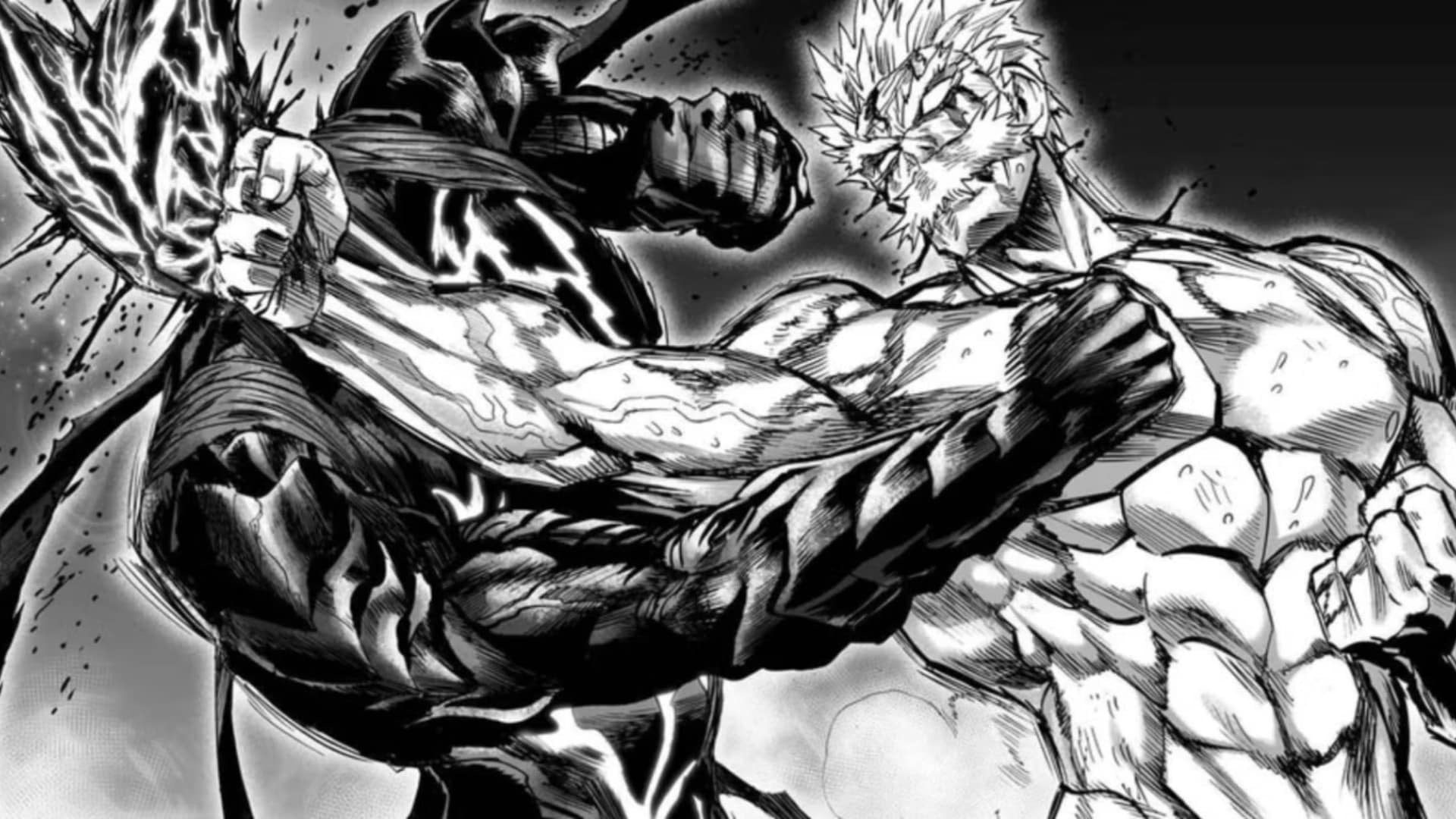
The first season of One Punch Man was a stunning success, showcasing Madhouse’s exceptional animation skills, particularly during fight scenes. However, the second season turned out to be a major disappointment. The battles lacked the same intensity, and the overall quality couldn’t compare to the high standards set by the first season, leaving many fans dissatisfied.
In contrast, the One Punch Man manga continues to shine, with Murata’s meticulous artwork bringing each panel to life.
7. Vinland Saga
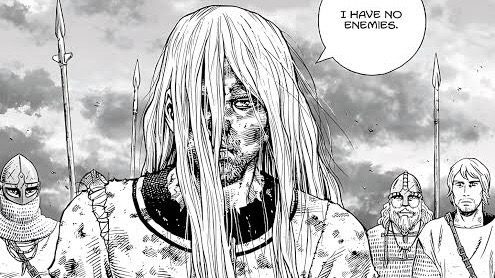
Vinland Saga tells a story of adventure, survival, and personal growth, yet the manga and anime present these themes differently. One of the biggest changes is the timeline—while the anime begins with Thorfinn’s childhood, the manga dives deeper into the narrative, making the anime’s start feel less impactful.
Another notable difference lies in the artistic style and violence portrayal. The manga vividly depicts Viking warfare, while the anime softens some scenes, relying on music and sound effects to enhance emotional resonance. Though both versions have their strengths, the anime struggles to fully capture Yukimura’s unique artistic flair and the essence of the story’s climactic moments.





















